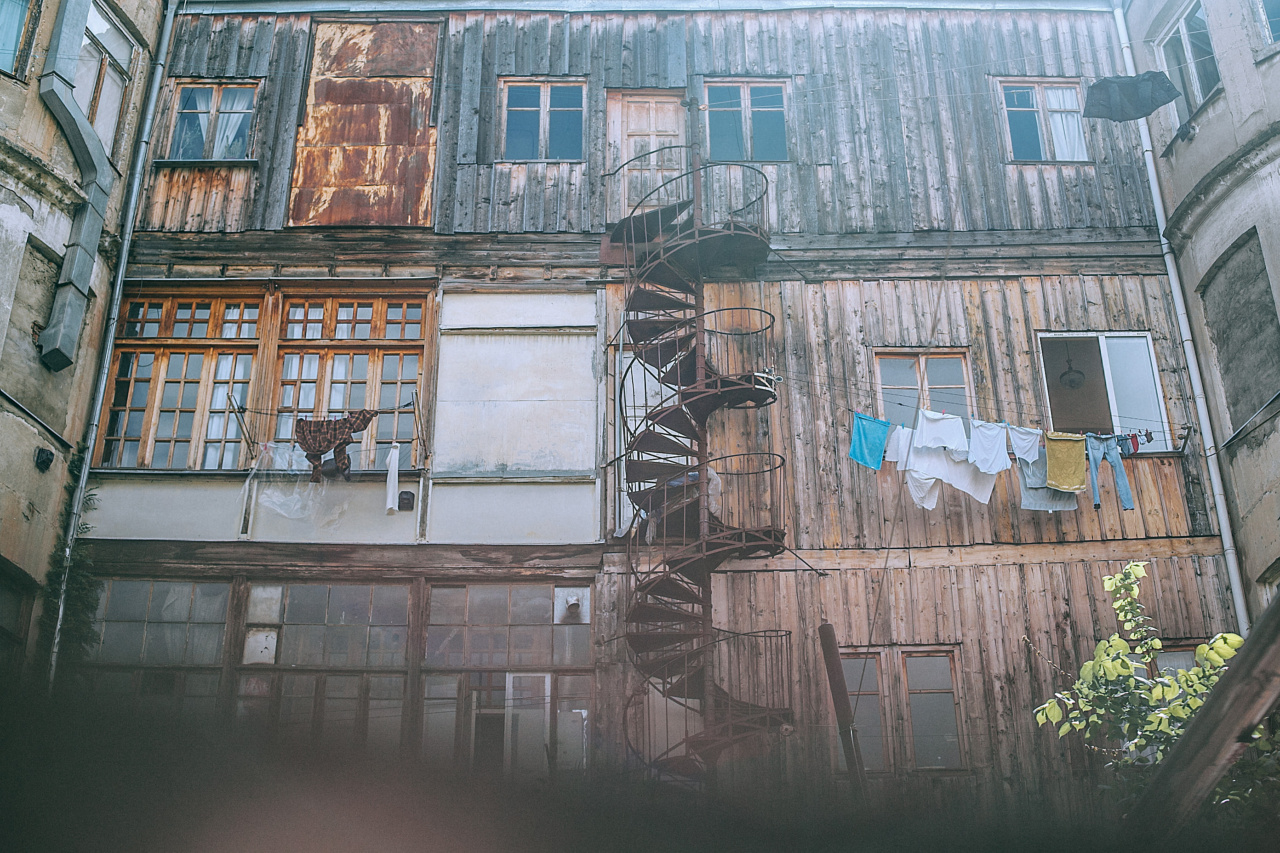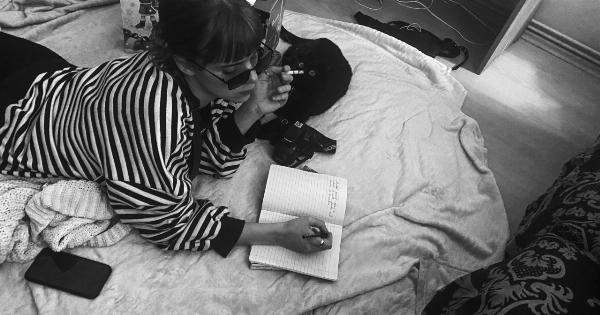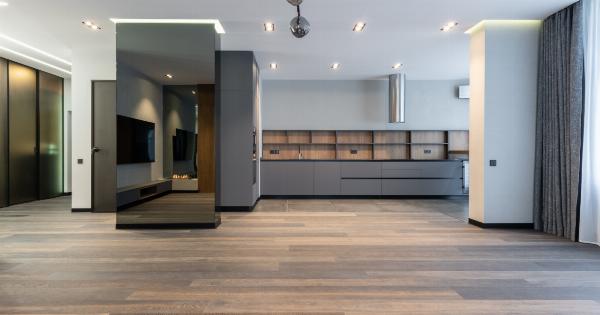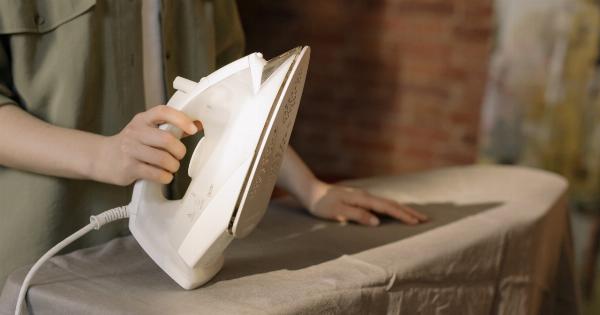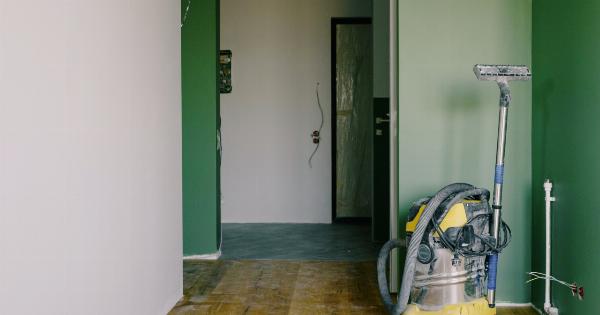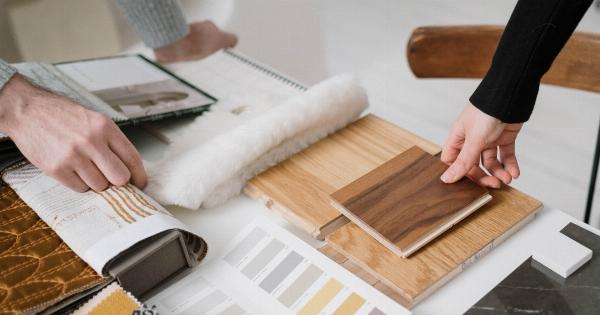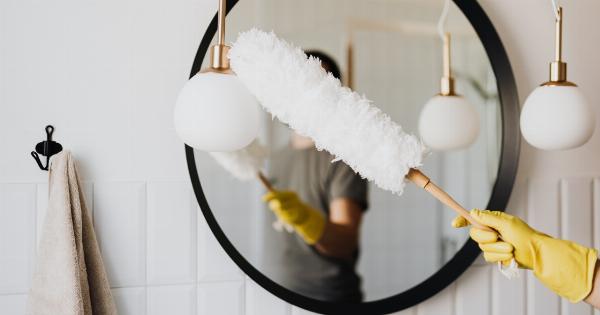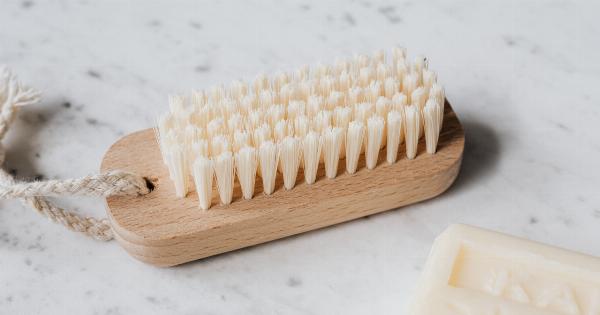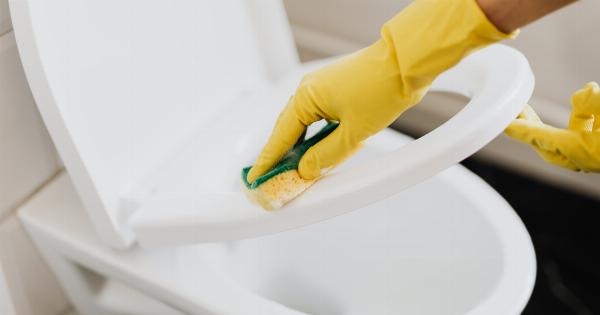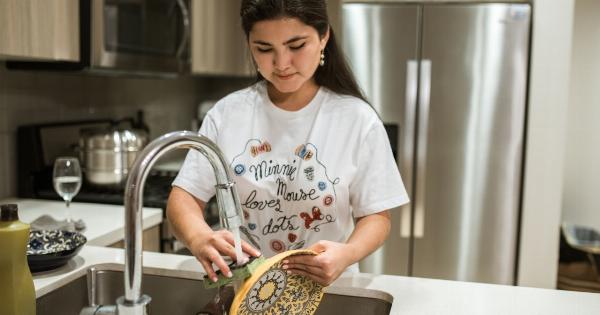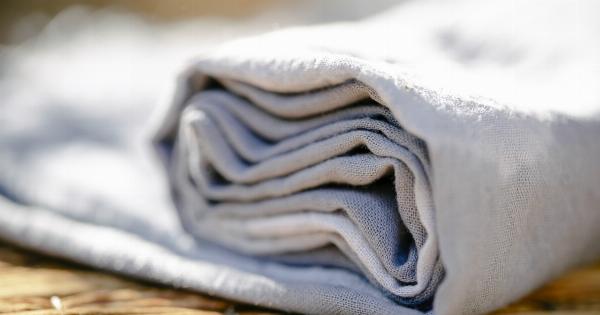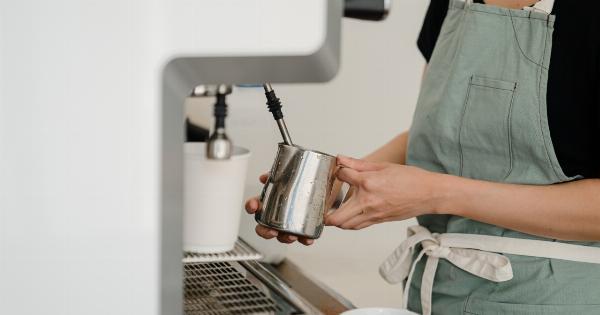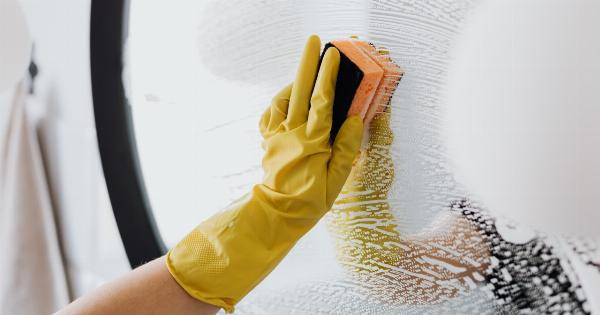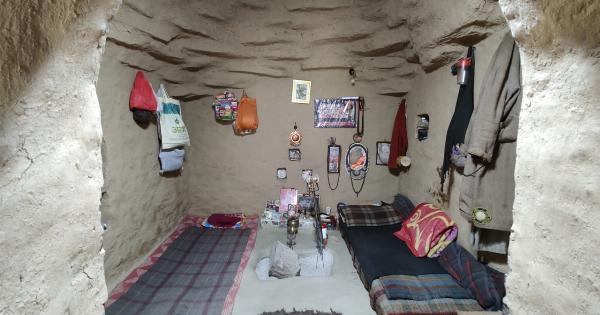Keeping a clean and hygienic home is essential for our health and well-being. However, there are certain areas in our houses that often go unnoticed and are breeding grounds for dirt, grime, and bacteria.
Let’s take a closer look at the “Dirty Dozen” – 12 filthy areas in your house that require your attention:.
1. Kitchen Sink
Your kitchen sink is a hotbed for germs, especially if you’re guilty of not rinsing food particles properly. Bacteria and even mold can thrive in the damp environment, posing a risk to your health.
Regularly sanitize your sink using a disinfectant to keep it clean and avoid the spread of harmful microorganisms.
2. Cutting Boards
Wooden or plastic cutting boards are prone to harboring bacteria, especially in the grooves created by knife cuts.
Ensure you wash them with hot soapy water after each use, and consider using separate boards for meat, vegetables, and fruits to avoid cross-contamination.
3. Bathroom Tiles and Grout
The bathroom is susceptible to mold and mildew growth due to the humidity. Tiles and grout are particularly vulnerable to these dirty invaders.
Regularly clean your bathroom tiles with a mold-killing solution and scrub the grout to keep it fresh and free from bacteria.
4. Showerheads
Over time, mineral deposits and bacteria can build up in your showerhead, reducing water pressure and causing potential health issues. Soak your showerhead in a vinegar solution overnight and scrub away the residue to keep it in top shape.
5. Remote Controls
Remote controls often accumulate grime, sticky residue, and bacteria, as they are constantly handled by various family members. Wipe them with a disinfectant wipe regularly to prevent the spread of germs and maintain a clean entertainment zone.
6. Doorknobs and Light Switches
These high-touch areas are often overlooked when it comes to cleaning, yet they are a breeding ground for bacteria. Disinfect your doorknobs and light switches regularly, especially during flu and cold seasons, to minimize the risk of spreading germs.
7. Mattresses
A mattress may harbor dead skin cells, dust mites, and allergens that can impact your sleep quality and overall health. Vacuum your mattress regularly and consider using a mattress protector to keep it clean and fresh.
8. Carpets and Rugs
Carpets and rugs can trap dirt, allergens, and even pet hair, making them a filthy area in your house. Vacuum them at least once a week and consider professional deep cleaning once or twice a year to keep them hygienic and looking their best.
9. Computer Keyboards
Keyboards can accumulate crumbs, dust, and bacteria, becoming unhygienic after extended use. Turn off your computer, tilt the keyboard at an angle, and gently shake to remove loose debris.
Use a can of compressed air to blow away stubborn particles, and disinfect the keys with a wipe or cotton swab dampened in rubbing alcohol.
10. Refrigerator Door Handles
Refrigerator door handles come into contact with hands covered in various substances, making them a germ haven. Regularly wipe them down with a disinfectant to prevent the spread of bacteria and keep your food safe.
11. Washing Machine
Although it may seem counterintuitive, your washing machine can harbor bacteria, mold, and mildew due to its damp and dark environment.
Run an empty cycle with hot water and bleach every once in a while to kill any lurking microbes and maintain a clean machine.
12. Trash Cans
Last but not least, your garbage cans can be dirty, smelly, and a breeding ground for bacteria. Regularly empty and clean your trash cans, and consider using liners to minimize contact with the bin itself.
By paying attention to these often ignored areas in your house, you can ensure a cleaner and healthier living environment for you and your family.
Remember, regular maintenance and cleaning can go a long way in preventing the buildup of dirt, grime, and harmful bacteria.
